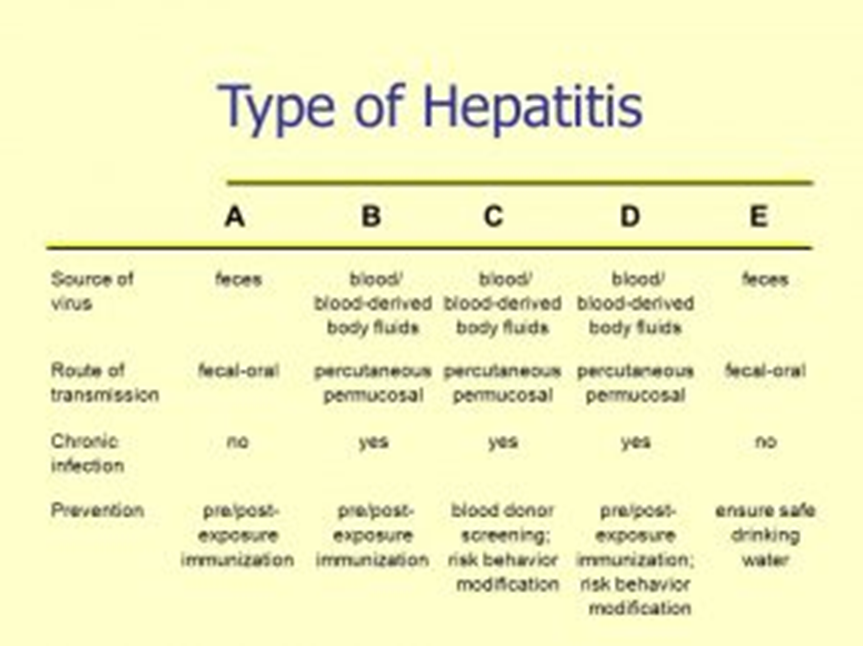A nurse is teaching an older adult client diagnosed with diabetes mellitus about preventing the long-term complications of retinopathy and nephropathy. Which of the following instructions should the nurse include?
"Wear compression stockings daily."
"Have an eye examination once per year."
"Maintain stable blood glucose levels."
"Examine your feet carefully every day."
The Correct Answer is C
A. "Wear compression stockings daily":
Compression stockings are not directly related to preventing the complications of retinopathy and nephropathy in diabetes. They are more commonly recommended for managing conditions like venous insufficiency and preventing blood clots.
B. "Have an eye examination once per year":
While regular eye examinations are important for monitoring and early detection of diabetic retinopathy, maintaining stable blood glucose levels is more directly related to preventing the progression of retinopathy.
C. "Maintain stable blood glucose levels":
This is the correct instruction. Stable blood glucose levels are crucial in preventing and minimizing the long-term complications of diabetes, including retinopathy (damage to the retina) and nephropathy (kidney damage). Consistent blood glucose control is key to reducing the risk of complications.
D. "Examine your feet carefully every day":
Daily foot examinations are essential for preventing diabetic foot complications, including ulcers and infections. While important for overall diabetes management, foot care is not specifically directed at preventing retinopathy and nephropathy.
Nursing Test Bank
Naxlex Comprehensive Predictor Exams
Related Questions
Correct Answer is B
Explanation
A. Level of consciousness:
While assessing the client's level of consciousness is important, it is not the top priority after an EGD procedure unless there are specific signs of neurological distress. Monitoring for signs of sedation or anesthesia recovery is typically part of post-procedure care.
B. Gag reflex:
This is the correct answer. The nurse should prioritize assessing the gag reflex, as the procedure involves passing a flexible tube through the mouth and down the esophagus. Ensuring the return of the gag reflex is essential to prevent aspiration and ensure the client's safety.
C. Pain:
Pain assessment is important, but it is usually addressed after confirming airway protection and ensuring the absence of complications such as bleeding or perforation.
D. Nausea:
While nausea is a possible post-procedure symptom, assessing the gag reflex and monitoring for signs of complications take precedence over managing nausea in the immediate post-procedure period.
Correct Answer is D
Explanation
A. Avoiding eating at fast food restaurants is not a specific preventive measure for hepatitis A transmission. The primary mode of transmission for hepatitis A is through the fecal-oral route, often due to contaminated food or water.
B. Avoiding serving raw foods is a reasonable precaution as raw or undercooked shellfish and contaminated fruits and vegetables can be a source of hepatitis A transmission. However, practicing effective hand hygiene is a more general and fundamental preventive measure.
C. Wearing barrier protection during vaginal intercourse is not directly related to the prevention of hepatitis A. Hepatitis A is primarily transmitted through the fecal-oral route, and sexual transmission is not a common mode for this virus.
D. Practicing effective hand hygiene is a key strategy for preventing the transmission of hepatitis A. Proper handwashing with soap and water, especially after using the bathroom and before handling food, can help reduce the risk of contamination and transmission of the virus.

Whether you are a student looking to ace your exams or a practicing nurse seeking to enhance your expertise , our nursing education contents will empower you with the confidence and competence to make a difference in the lives of patients and become a respected leader in the healthcare field.
Visit Naxlex, invest in your future and unlock endless possibilities with our unparalleled nursing education contents today
Report Wrong Answer on the Current Question
Do you disagree with the answer? If yes, what is your expected answer? Explain.
Kindly be descriptive with the issue you are facing.
